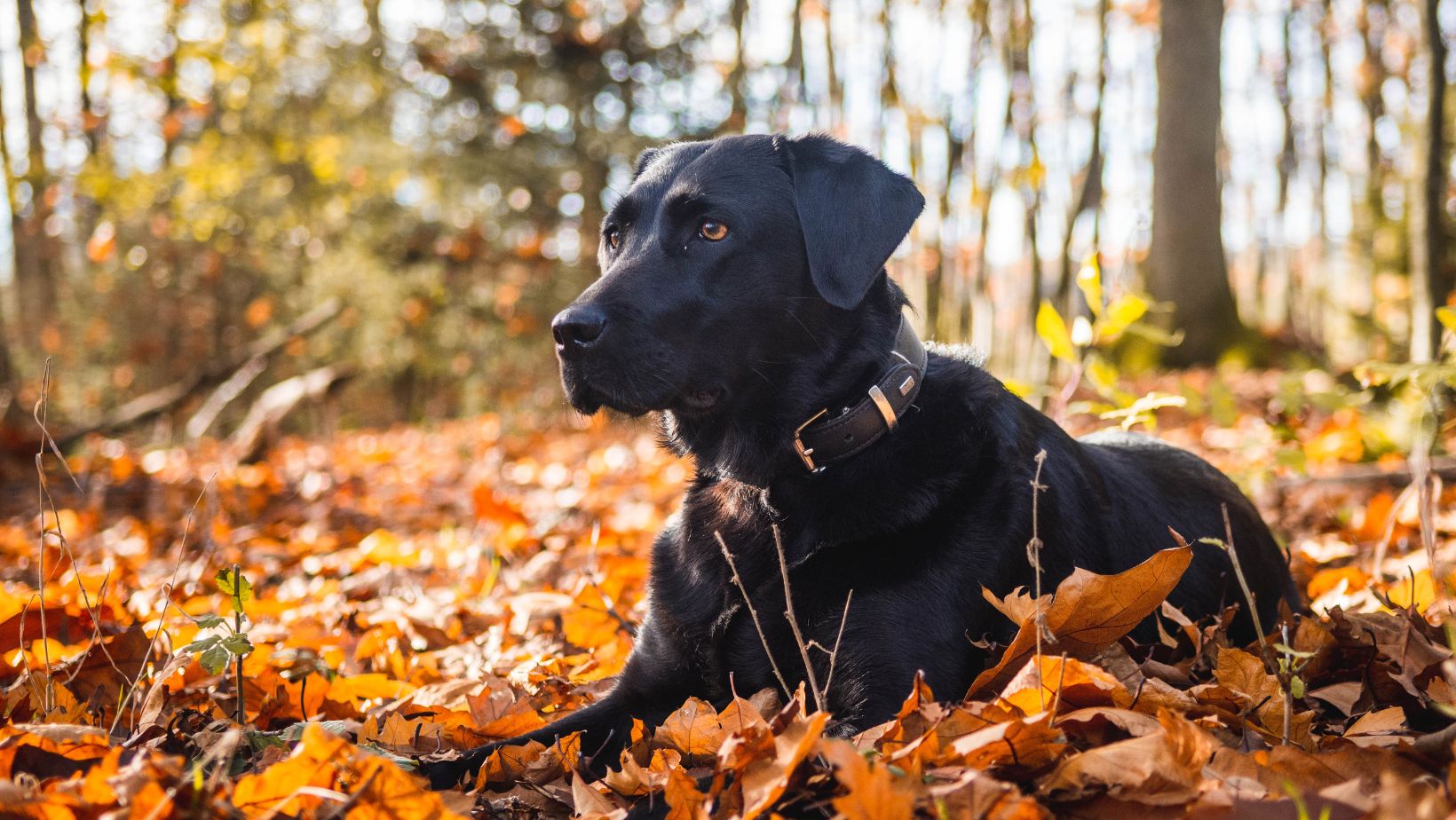Neosporosis in Dogs
Neosporosis in dogs is a concerning condition that can affect our furry friends, including Labradors. Neosporosis is caused by a parasite called Neospora caninum, which primarily affects dogs but can also impact other animals. This parasitic infection can lead to various symptoms and health issues in dogs, making it important for pet owners to be aware of the risks and take necessary precautions.
Labradors, being popular and beloved breeds, are not immune to neosporosis. They can contract the infection through exposure to contaminated food, water, or contact with infected animals. The parasite can cause a range of symptoms in Labradors, including muscle weakness, loss of coordination, paralysis, and reproductive problems in females. Prompt diagnosis and treatment are crucial to managing neosporosis effectively.
As a responsible dog owner or enthusiast, it’s essential to be knowledgeable about neosporosis in dogs and take preventative measures such as providing clean water sources, feeding safe and properly cooked meals, and avoiding contact with potentially infected animals. Regular veterinary check-ups and vaccinations can also help protect your Labrador from this parasitic infection. By staying informed and proactive, we can ensure the well-being of our furry companions.

Understanding Neosporosis in Dogs
Neosporosis is a parasitic disease that can affect dogs, including Labradors. It is caused by the protozoan parasite called Neospora caninum. In this section, I’ll provide an overview of neosporosis in dogs and its impact on our furry friends.
- Transmission: Neospora caninum is primarily transmitted through the ingestion of contaminated food or water. Dogs can also get infected if they consume tissues from infected animals or through vertical transmission (from mother to puppies during pregnancy).
- Symptoms: The symptoms of neosporosis in dogs may vary depending on the severity of the infection. Some common signs include muscle weakness, coordination problems, difficulty walking, paralysis, and even reproductive issues in female dogs.
- Diagnosis: If you suspect your Labrador has neosporosis, it’s important to consult a veterinarian for proper diagnosis. The vet may perform various tests such as blood tests, serological assays, or tissue biopsies to confirm the presence of Neospora caninum.
- Treatment: Unfortunately, there is currently no specific treatment available for neosporosis in dogs. However, supportive care and management strategies can help alleviate symptoms and improve quality of life for affected dogs.
- Prevention: Preventing neosporosis involves minimising exposure to contaminated sources. This includes feeding your dog properly cooked food, providing clean drinking water, and avoiding contact with infected wildlife or their faeces.
- Risk Factors: Certain factors may increase a dog’s susceptibility to neosporosis infection. These include living in areas with high prevalence rates, having access to raw meat or placental tissues from infected animals, or coming into contact with cattle populations where bovine neosporosis is prevalent.
It’s crucial for dog owners to be aware of the risks associated with neosporosis and take appropriate measures to protect their pets. Regular veterinary check-ups, proper hygiene practices, and responsible breeding can help reduce the incidence of this disease in Labradors and other dog breeds.
Remember, if you suspect your Labrador may have neosporosis or any other health concern, consult a veterinarian for professional guidance and care.